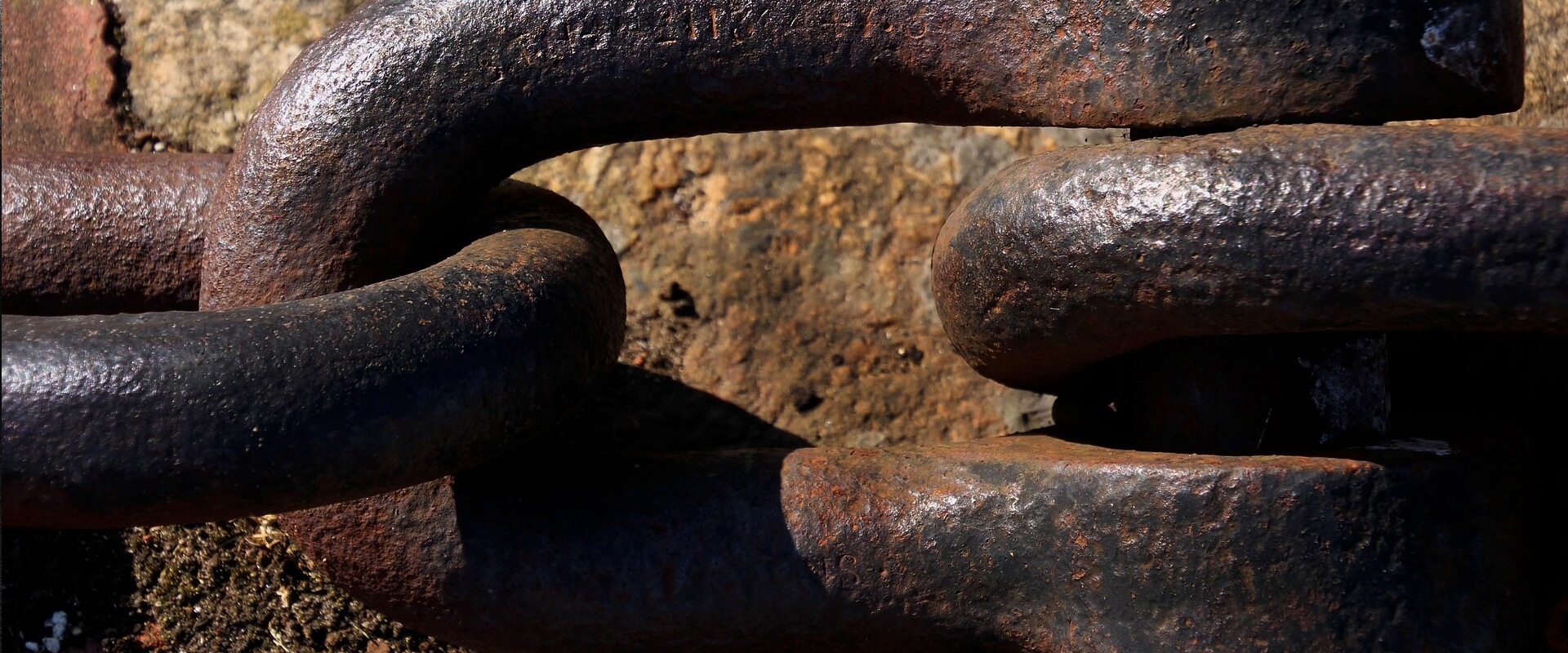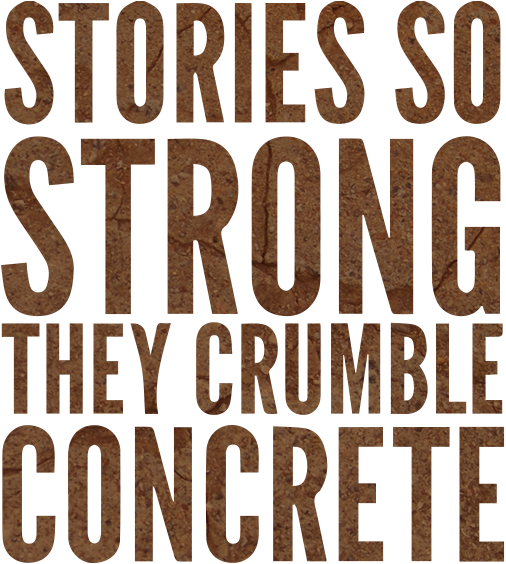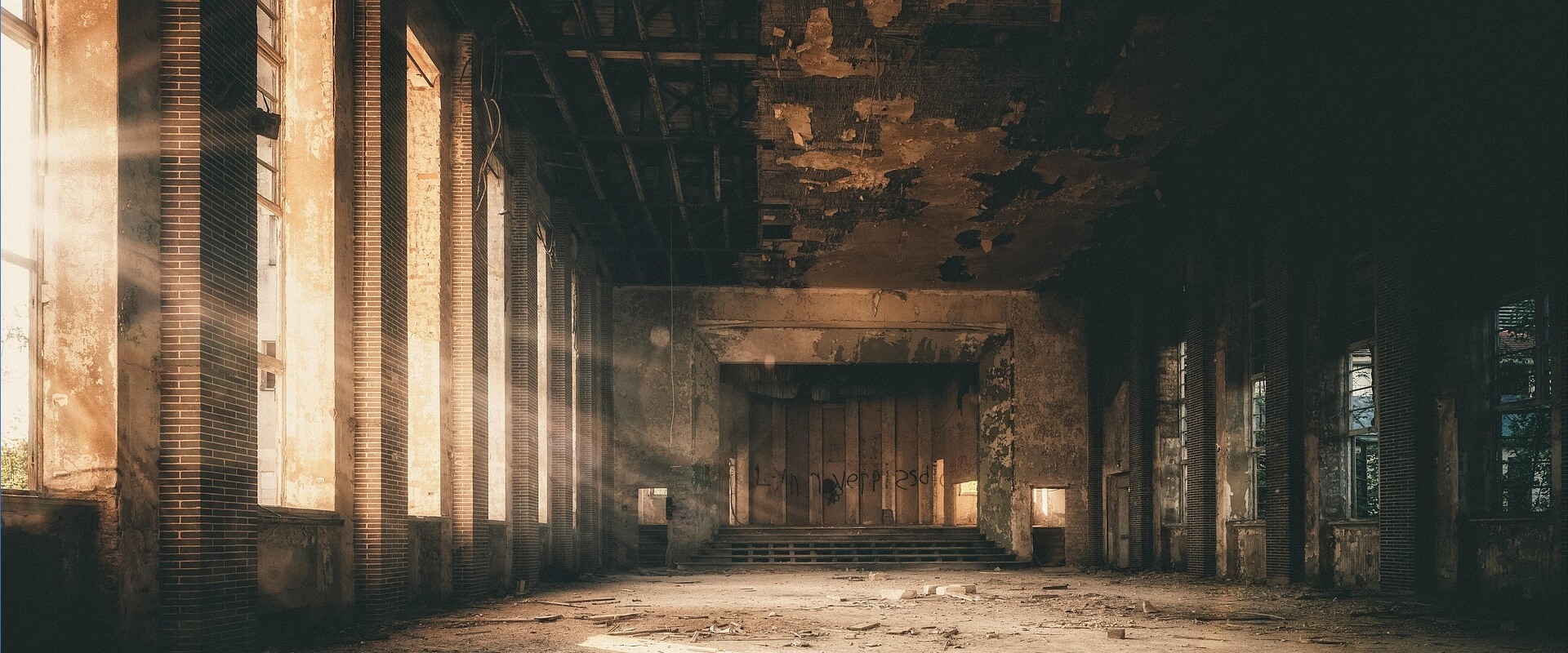Motherhood
Giving Birth in Chains - The Shackling of Incarcerated Women During Labor and Delivery
by Anna Clark

activism children-of-prisoners family health mental-health motherhood prison-life reproductive-rights
As birthing choices are increasingly prominent in the public conversation, pregnant women are more and more empowered to decide what sort of care is right for their bodies and their child. Not so for pregnant women who are incarcerated. Not only are their decisions about care restricted, but many incarcerated pregnant women are physically restricted while giving birth: during labor and delivery, they are shackled.
Consider the case of Shawanna Nelson. When Nelson was six months pregnant, she was incarcerated in Arkansas for passing bad checks. She went into labor during her short sentence. A correctional officer shackled her legs to opposite sides of the bed that transported her to a delivery room, removing them briefly during a nurse's examination. Nelson was re-shackled immediately after giving birth to her nine-pound son.
"She suffered both mental anguish and injury to her back, intense pain because she couldn't move or adjust her position through her birth process," said Dana Sussman, legal fellow at the Center for Reproductive Rights. Nelson later had surgery to treat symptoms resulting from the delivery of her son, according to The Arkansas Times. She sued the Arkansas Department of Correction, charging that her treatment violated the Eighth Amendment's protection against cruel and unusual punishment.
After winning her case at district court, Nelson's charges were dismissed on appeal by a judicial panel that said prison officials "couldn't have known the shackling was unconstitutional," said Sussman. Nelson was granted a rehearing before the 8th Circuit Court of Appeals, supported by the American Civil Liberties Union's National Prison Project. Her case was argued in September 2008. A decision is pending. Perhaps most surprising about Nelson's case is that it's not uncommon. Last month, a former Washington inmate sued the state for shackling during her birthing process and high-risk pregnancy, treatment that included a leg iron and a metal chain across her stomach.
Also last month, former inmates of Cook County jail filed a federal lawsuit in Illinois challenging the facility's shackling practice. Illinois was the first state to have legislation that prohibited shackling; it remains one of four states that make shackling explicitly illegal. "I had no idea women were treated like that anywhere," said Tina Reynolds, who was shackled during labor and the birth of her son fifteen years ago.
"Shackling is a brutal and inherently unjust practice, so blatantly draconian," said Malika Saada Saar, executive director of The Rebecca Project (and contributor to RH Reality Check). "The problem is that policies for incarcerated men are extended to women without adapting to distinct circumstances," Saada Saar added.
The Practice of Shackling usually happens when pregnant women are transported from one facility to another-when a woman is transferred to a new prison, for example, or when she's taken to a hospital for medical care. Reynolds herself was shackled around the waist during labor. She knows others who were subjected to a black box placed between their wrist and belly, which keeps the arms in front and facedown. Shackling also happens around ankles in transport vans and in wheelchairs, while breastfeeding, and while in neonatal nurseries, Reynolds said.
To date, 46 states have no legislation that restricts the shackling of pregnant women in prisons, jails, and detention centers, leaving the practice to the discretion of individual facilities. Illinois, California, Vermont, and New Mexico prohibit it entirely, though, as the Cook County case reveals, implementation of anti-shackling policy can be patchy. Non-federal facilities are exempt from the U.S. Bureau of Prisons policy that, in October 2008, barred the shackling of pregnant women, "except in the most extreme circumstances." This policy is in alignment with the United Nations Convention Against Torture, which the U.S. ratified.
Shackling policies are especially pertinent given that women are the fastest growing demographic in U.S. prisons, according to the Women's Prison Association. As with the general prison population, most are serving sentences for nonviolent offenses. Among detained immigrant women who are pregnant, the research of Meghan Rhoad of Human Rights Watch (and an RH Reality Check contributor) found that shackling frequently happens during transport and occurs less often during labor. Many pregnant women are deported before they give birth because U.S. Immigration and Customs Enforcement (ICE) tries to expedite the process for them.
"We know that some pregnant women in detention are pregnant as a result of rape that happened in their home country or while they crossed the border," Rhoad said. "That they may be forced to endure shackling as rape survivors is absurd and horrifying." The practice of shackling discourages women from seeking needed care, Rhoad said.
"The degradation is such a disincentive," Rhoad added. "It's related to who's in immigration detention, including refugees, survivors of trauma that may have involved shackling, and people with no experience in detention centers." The Rebecca Project's advocacy engages ICE and associations of county jails, because detained immigrant women are often placed in jails where shackling is standard practice.
"For some reason, jail policy trumps ICE policy on shackling," said Saada Saar. "This could be alleviated if ICE and others at the federal level made a clear statement." Rhoad is optimistic that pregnant immigrant women in detention will soon have better circumstances.
"We've seen an openness in the new (Obama) administration to examine the practices in women's care," Rhoad said. As well, The Rebecca Project's anti-shackling efforts acknowledge the frequency of shackling occurring while women are transported.
"We've done extensive work with the U.S. Marshals because they're responsible for the transportation of prisoners and are often responsible for shackling," said Saada Saar.Anti-Shackling Movement Builds Momentum, Wins Allies.
The 2008 federal policy against shackling cued renewed hope among advocates for the humane treatment of incarcerated women. Beyond lawsuits and advocacy with individual departments, legislative campaigns to restrict shackling are finding unprecedented success-after years of falling on deaf ears. New Mexico is the most recent state to bar shackling through a bill signed by Governor Bill Richardson this spring. New York and Texas currently have bills backed by legislative support that await the word of their governors before they become law.
"For us, it's not enough to change regulations (on shackling in particular prisons)," Saada Saar said. "To do this campaign through the legislature gives us a way to respond to violations of the policy. Through state statutes, mothers' rights are better protected." "A lot of states do have corrections policies that restrict shackling, but (the policies) aren't commonly known or understood," Sussman said. "A law allows us to go to court; it makes it hard for others to say they didn't know (that shackling is restricted)."
"We have a strong case in Illinois because of the law there, for example. We need to bring cases to ensure enforcement," Sussman added. "It's a dual strategy." It's a strategy that inspires diverse support. Broad coalitions are signing on to legislative and legal campaigns to transform the experience of giving birth in prisons, jails, and detention centers.
Among those backing the New York Anti-Shackling Bill are women's health advocates, prison rights organizations, medical and public health groups, and "even fellowships and ministries that aren't our frequent allies," Sussman said. In Texas, there's even more strategic alignment with religious organizations and politicians in the campaign against shackling, said Sussman.
"With religious groups, what resonates is the simple inhumanity (of shackling)," said Sussman. Rhoad said that her organization took on the anti-shackling campaign because, she said, shackling is "not just a women's right issue; it's a human rights issue."
Meanwhile, when Reynolds attended the National Organization for Women conference in Indianapolis last month, she was invited to submit a resolution for NOW to take on shackling in its national advocacy. Her resolution was adopted, which Reynolds called "a huge step, because they are a huge organization." "That was remarkable to me to feel empowered, as a formerly incarcerated woman who had joined NOW the week before," Reynolds said.
Leaders in the anti-shackling movement credit the campaign's momentum to centering the experiences of women who were shackled. Their stories are featured at press conferences, in letters, in briefs, and other campaign vehicles. Many are collected through Women on the Rise Telling HerStory (WORTH), an association of formerly incarcerated women founded by Reynolds. "It may be possible to resist changes (to the practice of shackling), but when you're confronted with the reality of women who've had to endure this, that's a hard position to maintain," said Rhoad.
Challengers Despite the multifaceted support for anti-shackling legislation, the movement is not without its challengers.
The New York Department of Correctional Services (DCS) opposes the Anti-Shackling Bill that won near-unanimous legislative support and now awaits Governor Paterson's approval. The DCS contends that shackling doesn't happen in its facilities, and if it did, the department is capable of addressing the problem independently. Serena Alfieri, associate director of policy with the Correctional Association of New York, said that DCS's point about shackling not occurring is fueled by a lack of documentation. She notes that many women don't file complaints about the practice out of fear of retaliation.
Stories about shackling most frequently come from women after they are released. There are documented stories of shackling happening as recently as February 2009, according to Alfieri. Alfieri said opponents of anti-shackling efforts often cite security concerns about inmates using the opportunity of pregnancy and birth to escape. The New York Anti-Shackling Bill includes exceptions for terrorists and past escapees.
"It's interesting that the only argument opponents (to the Anti-Shackling Bill) really have is that prisoners will escape and therefore community safety is at stake," said Alfieri. "But (in New York) they're not even using that argument. Their saying it just doesn't happen. It is Alfieri's theory that DCS might have taken a different strategy if they ever vaguely even thought this bill had a chance to become a law."
"After similar bills haven't passed in recent years, (DCS) underestimated the amount of support for this," Alfieri said. The Anti-Shackling Bill's success comes after at least seven years of the issue being dropped by the legislature. Reynolds said, "I wonder if (the DOC) knows that there is a difference between labor and birth." Because there is a difference. They might remove shackles during the actual birth, but labor-and labor pains-is experienced beyond that.
"It is painful and horrific to be shackled during labor pains," she added. While New York's DCS goes through the pains of downsizing and union pressure, its leaders and employees are trying to ensure that not a lot of more changes are happening, Alfieri said. She believes that this contributes to DCS's opposition to the Anti-Shackling Bill-the department resists out of a desire to not cause any more upheaval than is already happening.
"Security is where they come from; the impact on the health of women and children just doesn't occur to them, it's just not on the table," Alfieri said. Turning Point for Incarcerated Women, Reproductive Justice Advocates.
Nonetheless, awareness of the impact of incarceration on women and children is rising across the nation. Reynolds believes that growing national attention to shackling is partly attributed to empathy for the child involved in births that happen in prisons-though, she said, she hopes people recognize the connection between the child and its mother.
The momentum is further fueled by international standards against shackling pregnant women. Sussman said that the movement's approach frames the issue as violations against UN standards of torture. "Gains on the international level are powerful for advocacy," Sussman said. "We use it in our letters, all through our campaign."
Rhoad echoed Sussman's ideas. "Exploring this as a human rights issue is imperative," Rhoad said. "We can look at the basic standards of treatment and the strong support in the international arena for prohibiting shackling in all but the most extraordinary circumstances."
It's an idea that that offers the reproductive justice community an opportunity to evolve. Shackling is a "very important issue for the reproductive rights community, though it hasn't quite been claimed yet," Saada Saar said. "Now is an opportunity to re-claim it and shed light on mothers' rights."
Reynolds said she agreed that shackling, as well as the impact of incarceration more broadly, remains "sorely missing in reproductive justice circles." The Center for Reproductive Rights is "primarily an abortion access organization, but (working on the anti-shackling campaign) broadens us as a reproductive justice group," said Sussman. "The reproductive justice community believes strongly in the full spectrum of health care, including abortion access and childbirth services."
Sussman noted that reproductive justice groups that focus on particular community and regions have been among the strongest advocates in the anti-shackling campaign, recognizing, for example, how the criminal justice system impacts communities of color. In fact, birthing rights advocates can be credited for overturning the practice of shackling in the city of Philadelphia (a policy that hasn't extended to the state of Pennsylvania).
"Doulas and midwives worked with mothers in prisons, and they're work and intervention changed that policy in Philadelphia," said Saada Saar. It is, after all, a simple idea.
"Women should be given the opportunity to recover and heal in a treatment facility with their child," said Reynolds. "People deserve the dignity to have a child in a healthy way, free of restraints, without feeling more oppressed." "Everybody is captivated by the story of how they were born," Reynolds added. "Why shouldn't mothers be able to tell a joyful story to their child, without worrying about leaving out details of shackles and poor care? That story they share should be pure and beautiful."
Originally posted: http://www.rhrealitycheck.org/blog/2009/07/06/giving-birth-chains-the-shackling-incarcerated-women-during-labor-and-delivery



